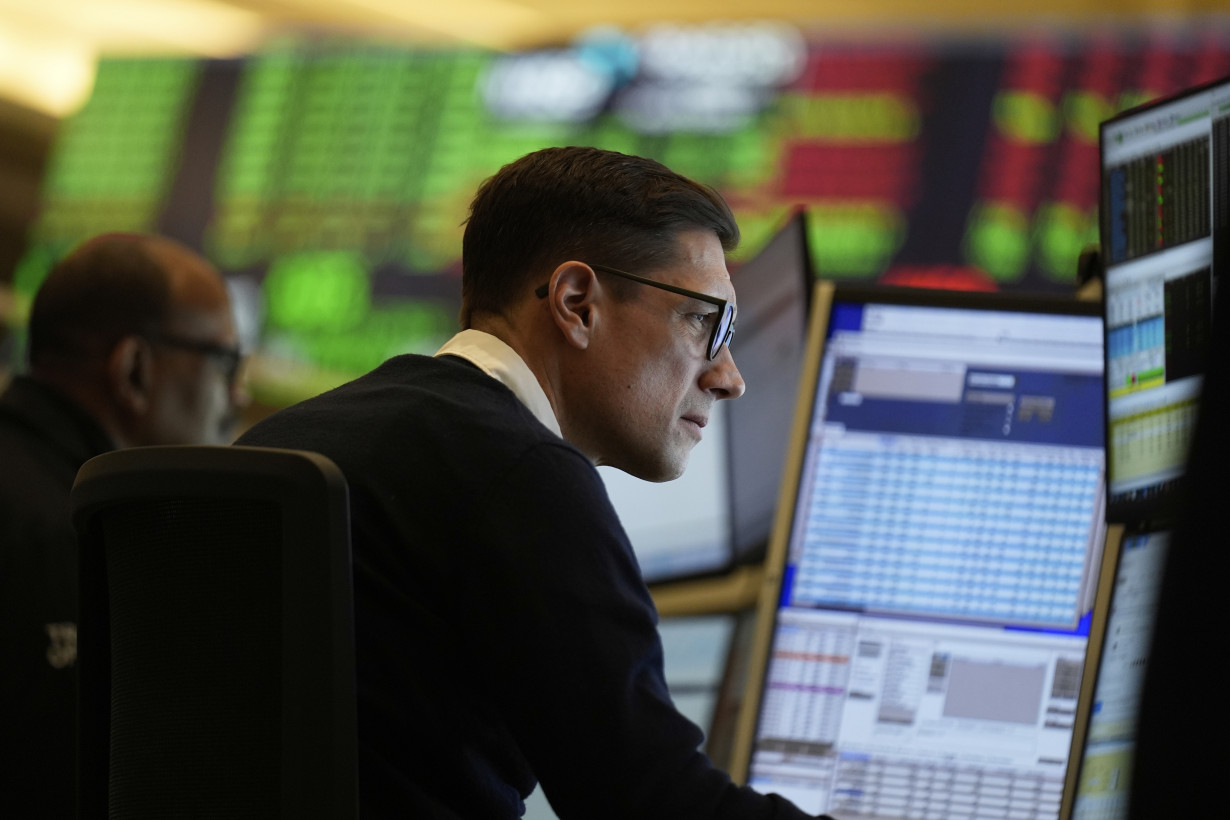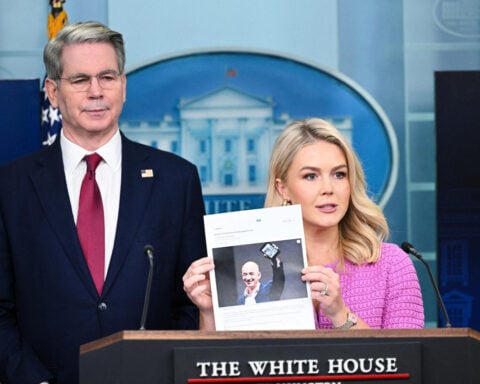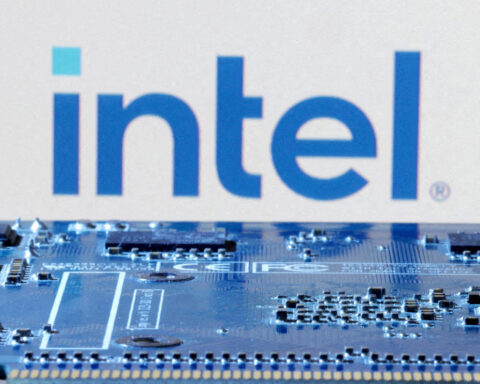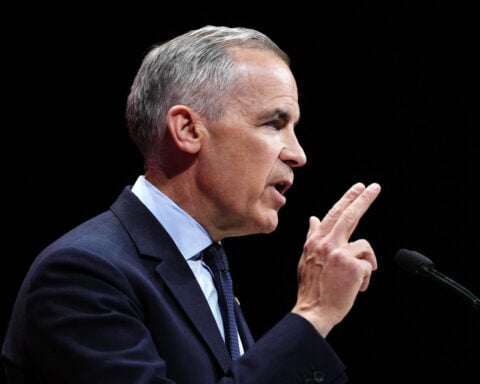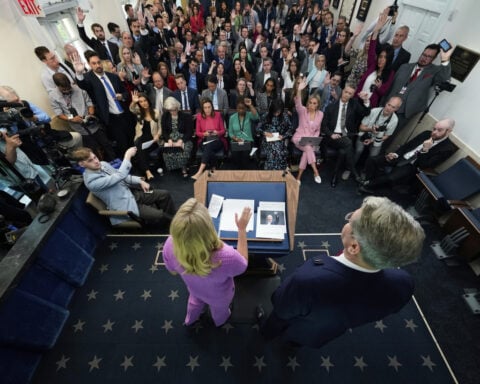NEW YORK (AP) — U.S. stocks climbed Wednesday after the Federal Reserve said the economy still looks healthy enough to keep interest rates where they are. Wall Street also got a boost from easing yields in the bond market.
The S&P 500 jumped 1.1%. The Dow Jones Industrial Average added 383 points, or 0.9%, and the Nasdaq composite rose 1.4%.
The rally followed weeks of sharp and scary swings for the U.S. stock market. Uncertainty is high about how much pain President Donald Trump will allow the economy to endure in order to remake the system. He’s said he wants manufacturing jobs back in the United States and far fewer people working for the federal government.
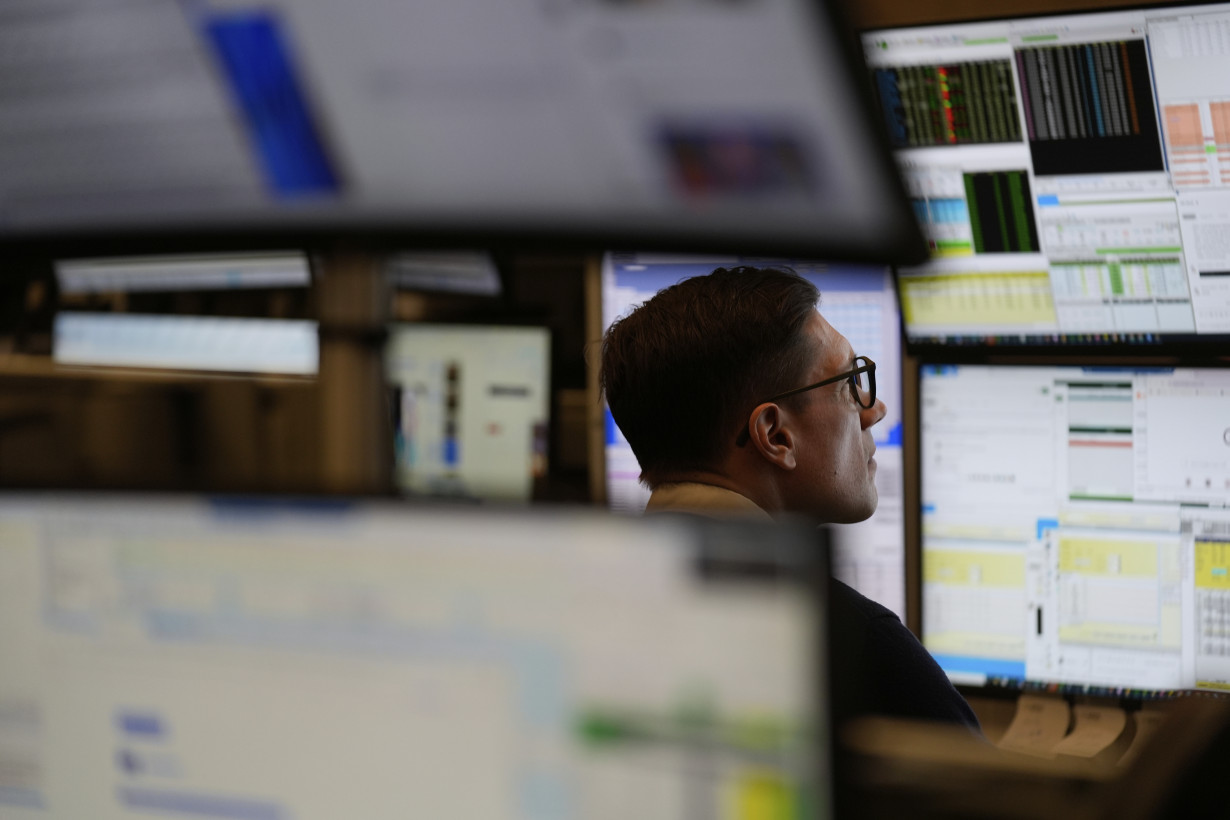
Trump’s barrage of announcements on tariffs and other policies have created so much uncertainty that economists worry U.S. businesses and households may freeze and pull back on their spending.
Fed Chair Jerome Powell acknowledged the rising pessimism among U.S. consumers and companies shown by recent surveys, but he also pointed to data showing the economy is solid at the moment, such as a relatively low unemployment rate. He said it’s possible to have periods where “people say downbeat things about the economy and then go out and buy a new car.”
“Given where we are, we think our policy is in a good place to react to what comes, and we think that the right thing to do is to wait here for greater clarity about what the economy’s doing,” Powell said.
The Fed has been holding interest rates steady this year, after cutting them sharply through the end of last year. While lower rates can help give the economy a boost, they can also push inflation upward.
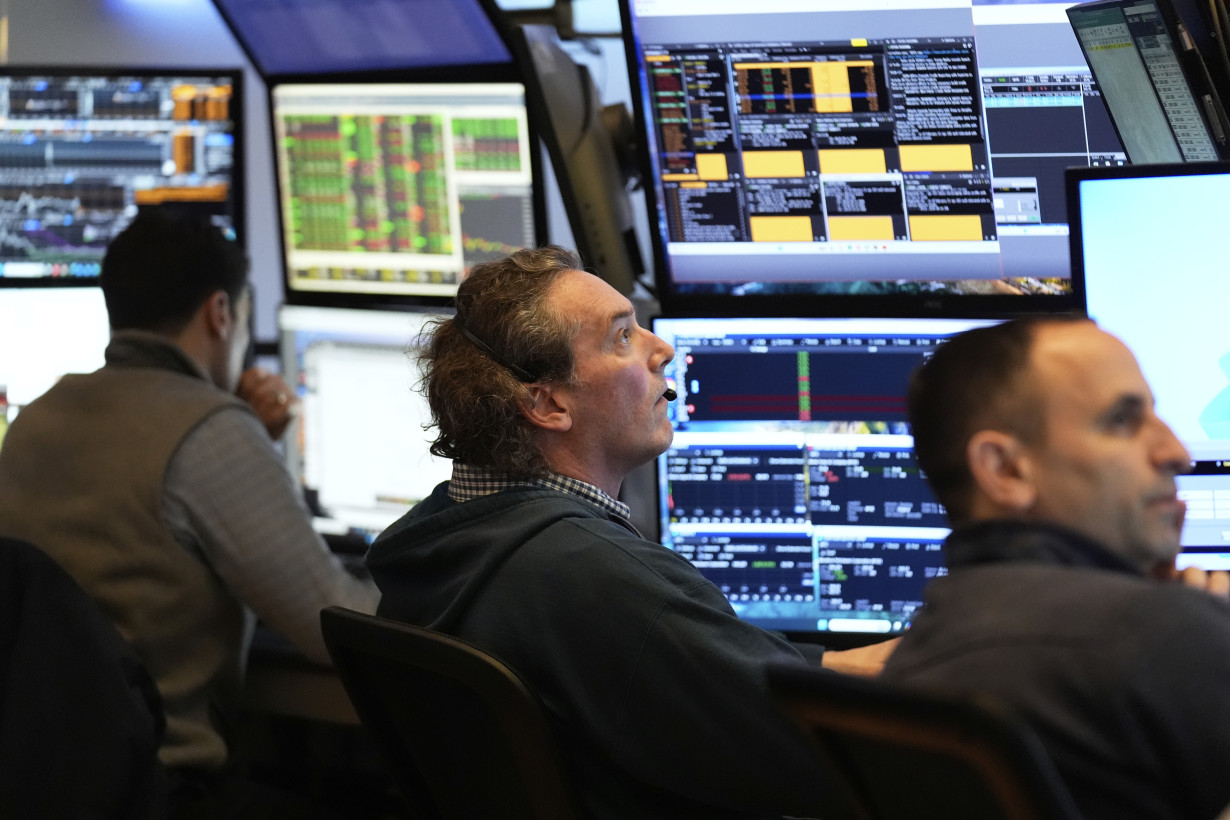
Fed officials indicated they’re still penciling in two cuts to the federal funds rate by the end of this year, just as they were forecasting at the end of last year. But they are also seeing weaker growth for the U.S. economy and higher inflation than they were before. More than anything, the message from the Fed seemed to be how much uncertainty is clouding everything.
“What would you write down?” Powell said when asked about the continued forecasts for two cuts to rates this year. “It’s really hard to know how this is going to work out.”
Powell, though, pushed back against fears about what’s called “ stagflation,” where the economy stagnates but inflation remains high. The Fed doesn’t have good tools to fix such a toxic combination. The last time the U.S. economy suffered through it was in the 1970s, and Powell said, “I wouldn’t say we’re in a situation that’s remotely comparable to that."
Stocks also got a boost from lower Treasury yields in the bond market. When Treasurys are paying investors less in interest, they can encourage investors to pay higher prices for stocks.
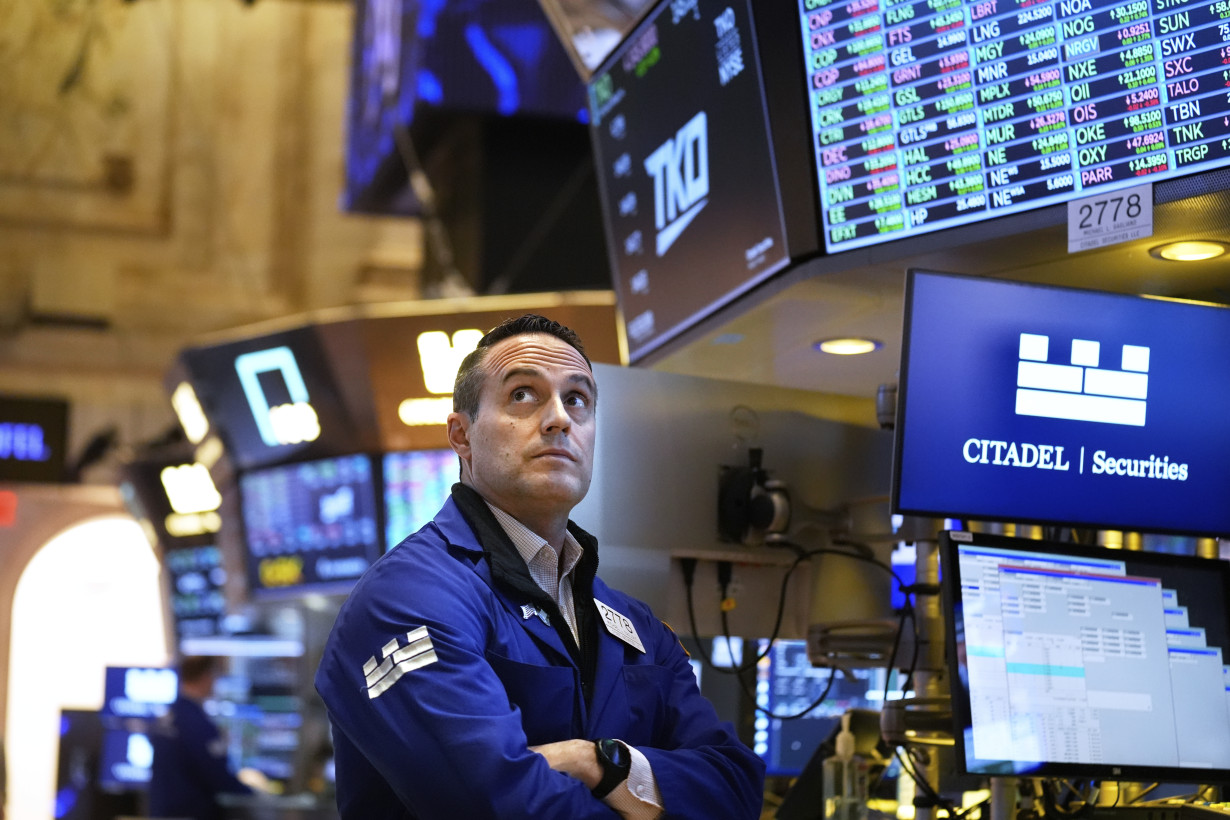
The yield on the 10-year Treasury dropped to 4.24% from 4.31% just before the Fed announced its decision. The Fed said it will also begin paring the monthly reductions of its trove of Treasurys beginning in April. Such a move can help keep longer-term yields lower than they would otherwise be.
Powell repeated several times that the move was more technical than a hint about coming changes in policy. “It isn’t sending a signal in any hidden way,” he said.
Yields for shorter-term Treasurys also fell as traders built up expectations for the Fed to deliver as many as three cuts to rates by the end of this year. They're betting on a 55% chance of that, up from 44% a day earlier, according to data from CME Group.
On Wall Street, Nvidia helped support the market after rising 1.8% to cut its loss for the year so far to 12.5%. It hosted an event Tuesday where it largely “did a nice job laying out the roadmap” and fighting back against speculation the artificial-intelligence industry is seeing a slowdown in demand for computing power, according to UBS analysts led by Timothy Arcuri.
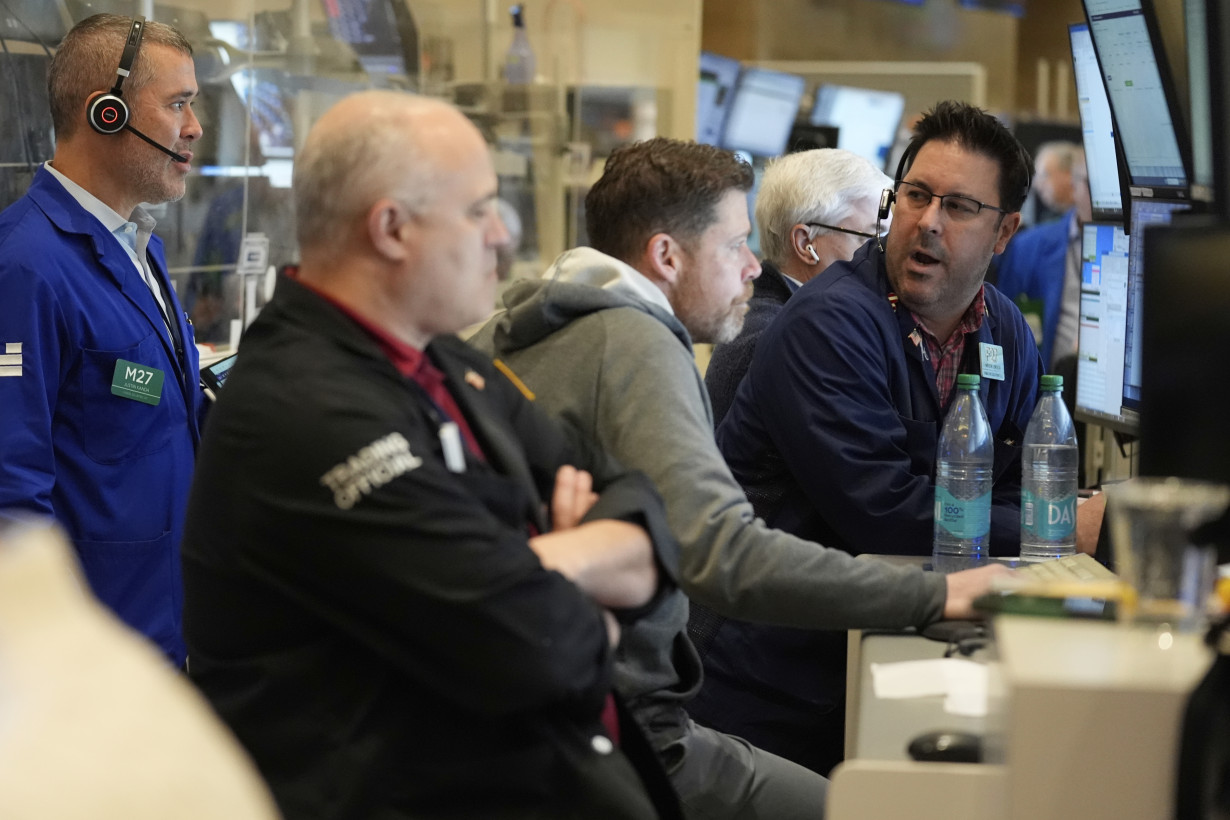
Tesla rose 4.7%, following two straight losses of roughly 5%. It’s still down 41.6% for 2025 so far. It’s been struggling on worries that customers are turned off by CEO Elon Musk’s leading efforts to slash spending by the U.S. government.
On the losing side of Wall Street was General Mills, which fell 2.1% despite reporting a stronger profit for the latest quarter than analysts expected.
The cereal and snack maker’s revenue fell short of analysts’ targets, in part because of a slowdown in sales for snacks. General Mills also cut forecasts for revenue and profit over its full fiscal year, partly because it expects “macroeconomic uncertainty” to continue to affect its customers.
All told, the S&P 500 rose 60.63 points to 5,675.29. The Dow Jones Industrial Average gained 383.32 to 41,964.63, and the Nasdaq composite jumped 246.67 to 17,750.79.
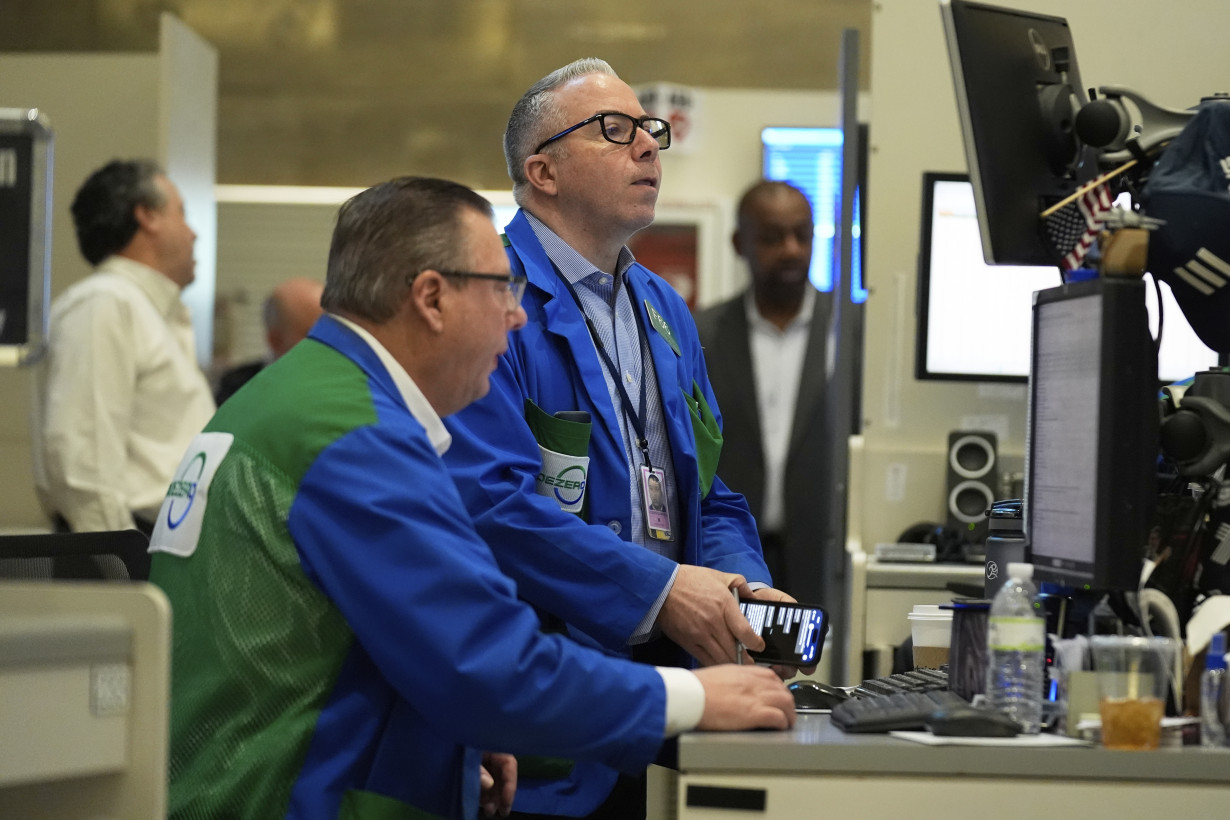
In stock markets abroad, Japan’s Nikkei 225 slipped 0.2% after the Bank of Japan held steady on its own interest rates, as was widely expected. Japan also reported a trade surplus for February, with exports rising more than 11% as manufacturers rushed to beat rising tariffs imposed by Trump.
Other indexes were mixed across Europe and Asia.
___
AP Business Writers Yuri Kageyama and Matt Ott contributed.

 Trump has begun another trade war. Here's a timeline of how we got here
Trump has begun another trade war. Here's a timeline of how we got here
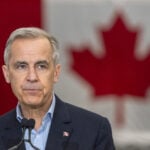 Canada's leader laments lost friendship with US in town that sheltered stranded Americans after 9/11
Canada's leader laments lost friendship with US in town that sheltered stranded Americans after 9/11
 Chinese EV giant BYD's fourth-quarter profit leaps 73%
Chinese EV giant BYD's fourth-quarter profit leaps 73%
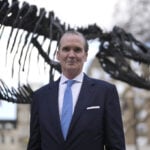 You're an American in another land? Prepare to talk about the why and how of Trump 2.0
You're an American in another land? Prepare to talk about the why and how of Trump 2.0
 Chalk talk: Star power, top teams and No. 5 seeds headline the women's March Madness Sweet 16
Chalk talk: Star power, top teams and No. 5 seeds headline the women's March Madness Sweet 16
 Purdue returns to Sweet 16 with 76-62 win over McNeese in March Madness
Purdue returns to Sweet 16 with 76-62 win over McNeese in March Madness
